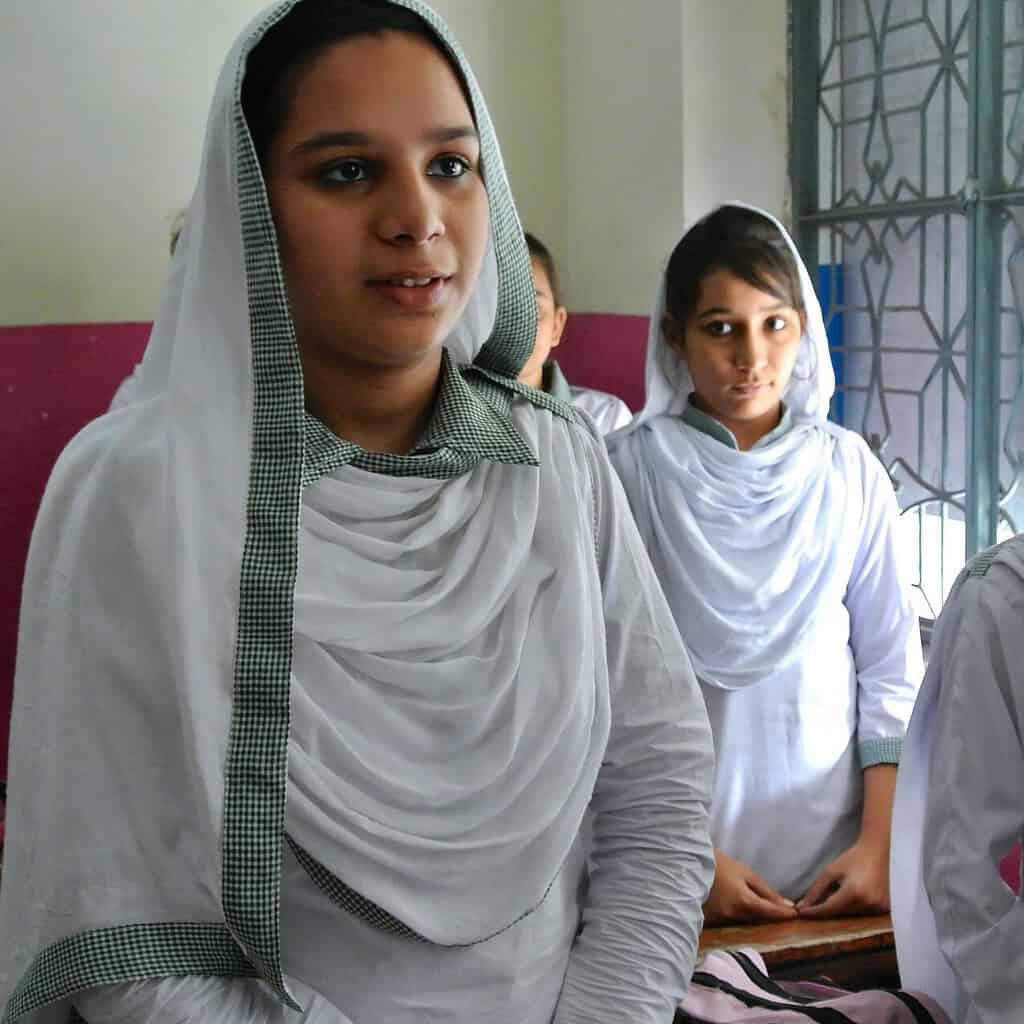Kashf School Sarmaya

Offering financial services to low-cost private schools to improve the quality of education
- Company
- Education
- Pakistan
- 2015
- Exited
The challenge
Pakistan’s public education sector has deteriorated significantly in recent years due to a lack of government support. As a result, low-cost private schools now account for more than 30% of the country’s primary school enrollments. Unfortunately, a lack of commercial financing options often prevents these schools from improving their facilities or expanding access to enrollment to more low-income students without sacrificing quality or increasing tuition. Deficiencies in both the quality of education and the learning environment lead to higher attrition rates. Not only does this mean that fewer students learn, it also creates a downward spiral: fewer students leads to lower revenues, which means less capital to make necessary improvements.
The innovation
Kashf School Sarmaya (KSS) is the first organization to offer financial services to the low-cost private school sector in Pakistan, where there is a dire need for external financing. The company requires its borrowers to use its loans wholly on capital expenditures, rather than on expenses related to the running of the school. Loan officers are not only responsible for monitoring a school’s repayments, they are responsible for measuring the impact of the loans to ensure schools are using the funding properly—to improve the learning environments for their students.
The impact
In 2015, Kashf School Sarmaya completed a pilot phase of its loan product with an initial ten schools in Lahore. Since then, it has gone on to work with more than 400 schools across Pakistan. Approximately 90 percent of KSS borrowers serve students from households making less than $4 a day. The company aims to reach at least 175,000 students annually. Analysis shows that there is a stark contrast in the self-reported “average well-being” of students who attend schools with good quality infrastructure as compared to those in schools with poor infrastructure.